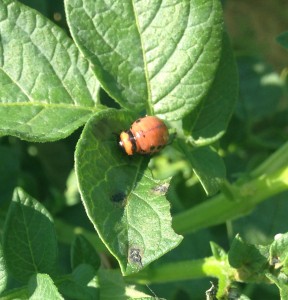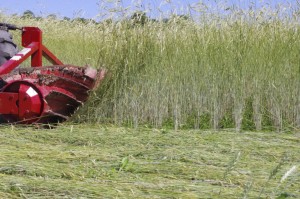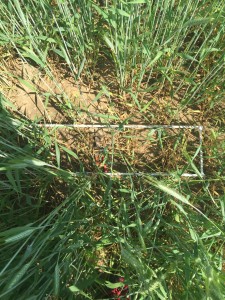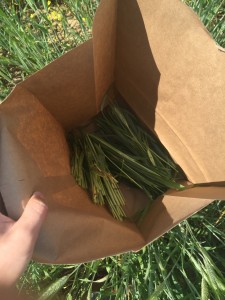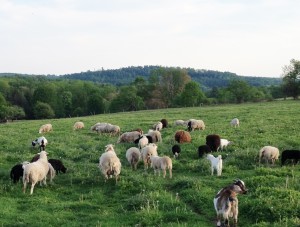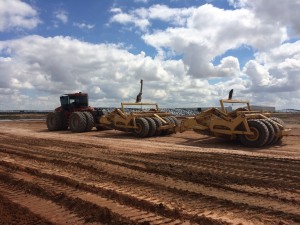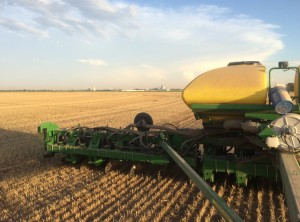
A large Colorado Potato Beetle
A versatile bacterial disease, bacterial leaf spot is pictured below infecting a raspberry leaf. This bacterial plight can be found on essentially every crop and is found in high levels after wet weather.

A common disease of peppers and tomatoes is Blossom End Rot abbreviate BER for scouting purposes. This is pictured below

In addition to peppers, tomatoes, and potatoes we are also trained to scout crucifers, sweet corn, eggplant, strawberries, and cucurbits.

